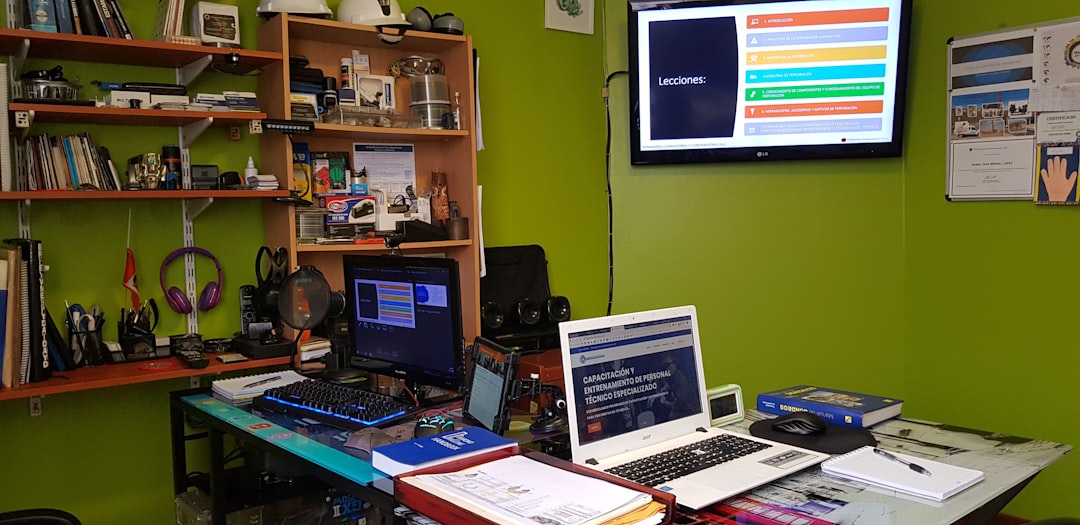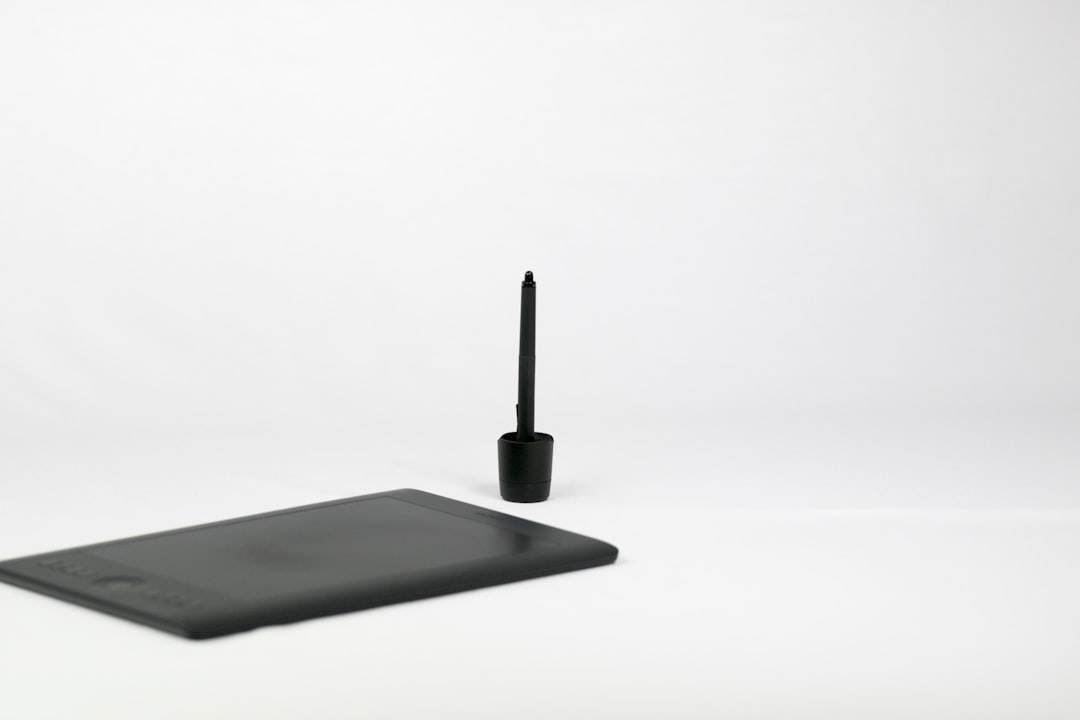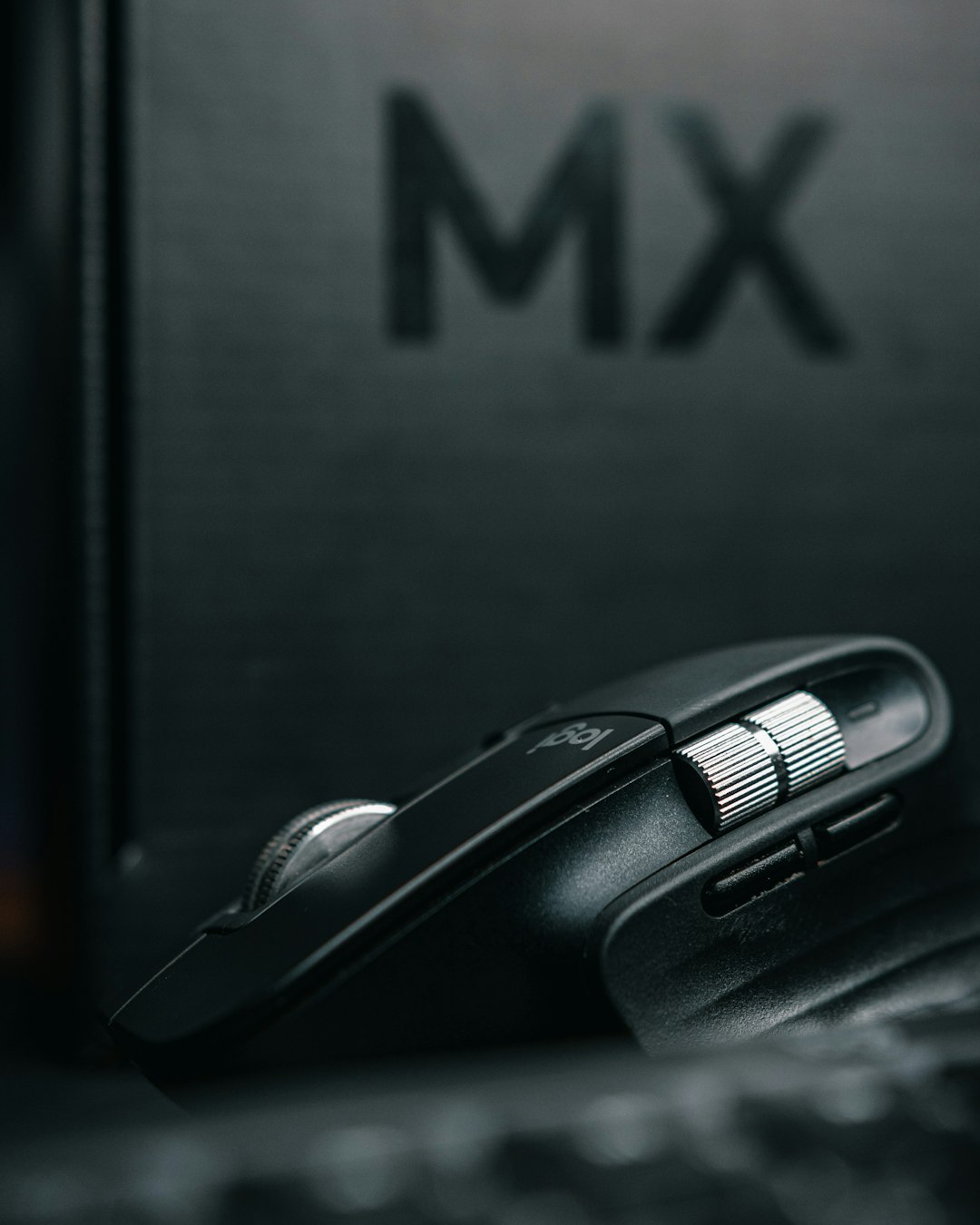Samsung DeX represents a compelling innovation that bridges the gap between smartphone and desktop computing. With DeX, users can connect their compatible Galaxy devices to a monitor, keyboard, and mouse for a desktop-like experience—all powered by their smartphone. While the core concept of Samsung DeX impresses users with its simplicity and functionality, its true potential is unlocked through the right set of peripherals.
This article explores the critical role that peripherals play in creating a seamless and productive Samsung DeX desktop mode experience. We’ll also discuss compatibility considerations, popular configuration setups, and tips for ensuring optimal performance through thoughtful peripheral selection.
The Importance of Peripherals in DeX Mode
Samsung DeX turns your mobile device into a quasi-desktop computer, allowing you to multitask, open multiple windows, use keyboard shortcuts, and even perform photo and video editing. However, achieving the full benefits of DeX rests heavily on the peripherals you use. Without quality input and output devices, the experience remains constrained and possibly frustrating.
The peripherals you choose determine not only the quality of interaction with the interface, but also how productive, comfortable, and efficient your DeX environment becomes. Whether you’re using DeX for remote work, academic tasks, presentations, or casual browsing, pairing your device with the right peripherals transforms it into a powerful and portable workstation.
Essential Peripherals for Samsung DeX
Some peripherals are absolutely essential in making the Samsung DeX experience usable and productive. These include:
- Monitor: A display is necessary to visualize the desktop interface. While DeX can run directly on the phone screen in specific contexts, an external monitor is required to fully utilize its desktop mode.
- Keyboard: A physical keyboard is vital for productivity, especially if you’re working on documents, coding, or composing emails.
- Mouse or Touchpad: While DeX can function without a mouse, it becomes significantly more intuitive and efficient with a pointing device. Most users prefer a standard USB or Bluetooth mouse.
Connecting these core devices is made possible through various methods such as USB-C hubs, DeX docks, or even wireless casting depending on the device and user preference.
Recommended Types of Peripherals
When selecting peripherals, you should consider their compatibility and ease of use with Samsung DeX. Below are some highly recommended categories of peripherals and what you should look for within each.
Monitors
Not all monitors are equally suited for use with DeX. Look for those with at least Full HD (1920×1080) resolution and HDMI input. DeX supports display resolutions up to WQHD (2560×1440) in supported models.
Touchscreen monitors are also compatible with some DeX-compatible smartphones, enhancing interaction.

Keyboards
Bluetooth keyboards are ideal for a wireless setup but wired USB keyboards can be more reliable. Ergonomic layouts, function keys, and multi-device switching are features that boost productivity.
Some foldable Bluetooth keyboards offer a high degree of portability, suitable for professionals on the move.
Mice and Touchpads
A traditional mouse offers the most accurate and responsive experience, but wireless touchpads are a good alternative for those seeking a more compact setup. Adjustable DPI settings and multi-button inputs can improve navigation and task execution. Logitech, Microsoft, and Razer offer models known to be DeX-friendly.
USB Hubs and Docks
Since most smartphones only have one USB-C port, connecting multiple peripherals requires a USB-C hub or a dedicated DeX dock. Consider the following when choosing a hub:
- Video output (preferably HDMI 2.0 for better resolution support)
- USB-A ports for legacy devices
- Pass-through charging (USB-C PD)
- Ethernet port for stable internet connections
Samsung’s official DeX Station or DeX Pad is an excellent option, but high-quality third-party alternatives from Anker, Belkin, and UGREEN also work well.
Audio Devices
DeX supports both wired and Bluetooth audio devices. Whether you are on video calls or listening to music, good sound equipment enhances the overall user experience. Noise-canceling headsets are especially useful when working in noisy environments or participating in frequent virtual meetings.
Best Practices for Setup
Creating an ideal DeX workstation requires not just the right peripherals but also strategic planning. Here are a few best practices to optimize your setup:
- Ensure Cable Quality: Use high-quality HDMI and USB cables to avoid screen flickering and data transfer issues.
- Check Power Supply: Running DeX Mode consumes more power than typical usage. A USB-C charger with Power Delivery (minimum 25W recommended) helps keep the phone charged during operation.
- Mind the Heat: Prolonged use in DeX Mode heats up the device. Consider using stands or docks with ventilation support or external cooling to prevent throttling.
- Secure Your Accessories: If you plan a mobile DeX setup, keeping your peripherals organized and protected in a case is crucial to maintaining their lifespan and ensuring quick setup wherever you go.
Wireless DeX: Peripheral Considerations
Wireless DeX allows newer Galaxy devices to connect to smart TVs or monitors using Miracast. While this reduces cable clutter, it places greater reliance on wireless peripherals and introduces latency risks.
When using Wireless DeX:
- Use Bluetooth 5.0 or newer peripherals for stable connectivity
- Ensure the TV or monitor supports low-latency Miracast streaming
- Avoid congested Wi-Fi networks that may impair performance
Wireless setups are ideal for presentations or light productivity tasks. However, for heavy multitasking, video editing, or extended work sessions, a wired connection is still the more reliable choice.

Mobile and Travel-Friendly Setups
One of DeX’s greatest advantages is portability. Traveling professionals can create a mini-workstation using compact and foldable peripherals:
- Foldable Bluetooth keyboard and mouse combo
- Portable USB-C hub with HDMI and USB support
- Compact external monitor (USB powered)
- Power bank with PD output to charge while using DeX
Such setups allow users to convert any hotel desk, airport lounge, or café corner into an efficient workspace using only their Samsung device and carefully chosen accessories.
Compatibility Tips and Considerations
Before investing in peripherals, keep the following points in mind to ensure seamless compatibility with Samsung DeX:
- Not all Galaxy devices support DeX; check device compatibility beforehand.
- Some USB-C hubs may not support video output; look for DisplayPort Alternate Mode support.
- Bluetooth peripherals occasionally disconnect; update their firmware for better stability.
- OTA updates to DeX software can alter peripheral compatibility; confirm functionality after updates.

Conclusion
Samsung DeX offers users an extraordinary opportunity to harness the power of their smartphone for desktop computing. However, the efficiency, comfort, and reliability of this system hinge on the quality of peripherals used. Making informed decisions about monitors, keyboards, USB hubs, and audio devices ensures a streamlined and productive experience whether at home, in the office, or on the road.
By carefully assembling a suite of well-chosen peripherals, users can significantly enhance the DeX experience—turning a compact smartphone into a capable workstation that rivals traditional PCs in both performance and user satisfaction.